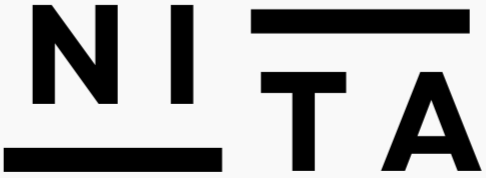
There was no ”real” sunny day is a work exhibited in the autumn of 2017 at the collective exhibition The internet of KI, curated by Kinema Ikon at the Art Museum in Arad.
The work comprises a video installation and an augmented reality web application.
Video installation – Nita Mocanu
“The already existing ecological emergency resembles the anxiety about virtual reality—that we will be drowned in a psychotic soup where we won’t be able to tell one thing from another—only it also involves the possibility of our own death. It is very hard to get used to the idea that the catastrophe, far from being imminent, has already taken place.”
Timothy Morton ”Ecology without nature”
An experimental future as an endless sunny day. So sunny that you watch it mediated by a digital screen, so unbearable that you look nostalgically at the image of a sunny day 100 years ago. We are still in romanticism, nature is a romantic idea.
The image of that sunny day makes you forget that it’s just an aesthetic image, that it actually never existed, that it’s just a simulacrum.
Everything is enveloped in the ambiance of a sunny sunshine day, sunburned tarpaulin, the image of the sun among the leaves of a tree, the frame of a fictional window … In the future. The future of global warming that has already happened.
The work is also an ecomimesis exercise1. Defined by Morton as the way an author, an artist makes you close, feel the context in which he creates, the context that imperceptibly flows into his creation. “There was no” real “sunny day” is a narrative installation that transposes the viewer into an alternative future, a future-consequence that may arise as a result of the way we think and use nature.
—————-
1 ”First and foremost, ambient poetics is a rendering, I mean this in the sense developed by the concrete music composer and cinema theorist Michel Chion. Rendering is technically what visual- and sonic-effects artists do to a film to generate a more or less consistent sense of atmosphere or world. After the action has been shot and the computer and other effects pasted into the film, the entire shot is “rendered,” so that all the filmic elements will simulate, say, a sunny day in the Alps, rather than a wet night in the tropics. This rendering, like Jean Baudrillard’s idea of the simulacrum, pertains to a copy without an original. There was no “real” sunny day. Rendering nevertheless bathes all the filmic elements in the atmosphere of the sunny day.” Timothy Morton ”Ecology without nature”
Augumented reality web application – Marius Stoica

“There was no “real” sunny day – Exit” application refers to another face of the same future, which Morton is aware of (as described in the first quote: “the anxiety about virtual reality”). An augmented future, where gadgets have turned into electronic outfits and implants, and biology is a series of IoT variables. Transhumanism has long been swallowed up by corporatism and transformed into capital. The reality remains in this way a simple background on which complex electronic processes make sense to this world to make it more obvious that we are just an entropic mechanism …
The application is integrated into the etho.tk platform as a HTML5 web application. The technical innovation of this work is that it is an augmented reality application accessible online in the browser. The work does not depend on an application that needs to be installed separately. A modern browser (Firefox or Chrome) is enough to view the work at etho.tk/exit. Moreover, the web application is based on open source software. Typically, augmented reality applications are based on proprietary software that limits and conditions their use for artistic works.
The software used is AR.js which is an implementation of the ARToolKit framework in JavaScript. ARToolKit creates augmented reality applications based on the recognition of a graphic marker (asymmetric figures framed in a black border). Other software packages used by AR.js: three.js and a-frame.
The app can be tested by loading it using modern browsers such as Firefox or Chrome from etho.tk/exit give it access to use your video camera and point your camera to the exit marker. A blinking yellow message will pop up.

